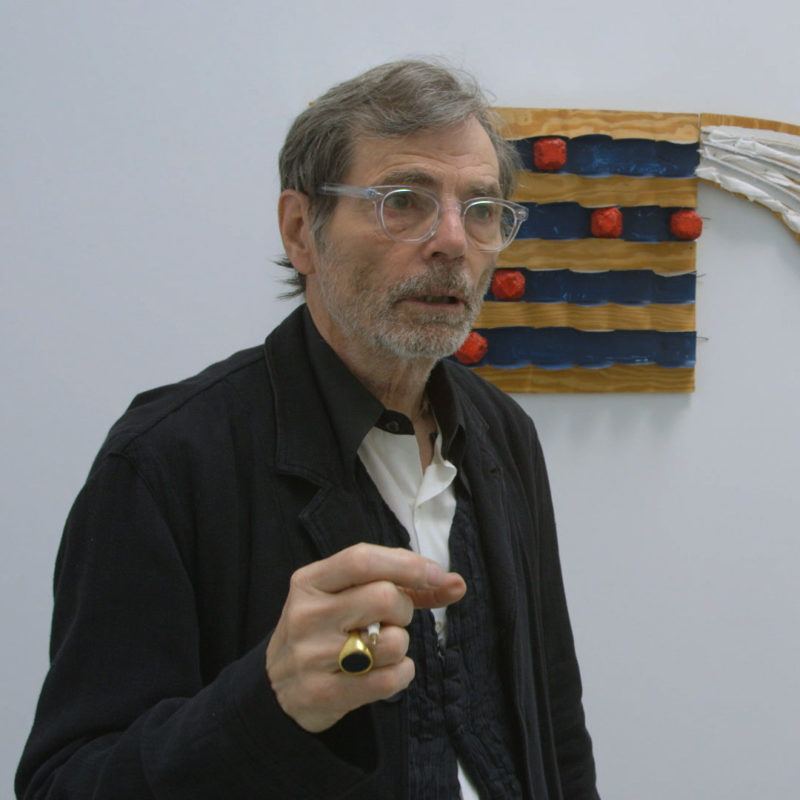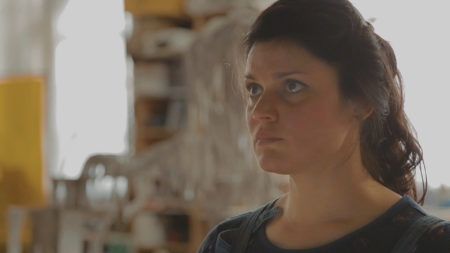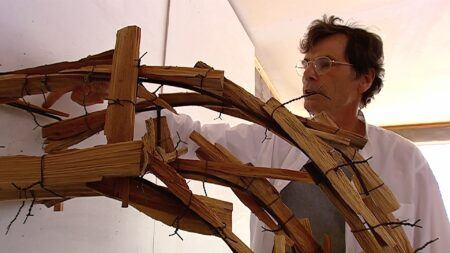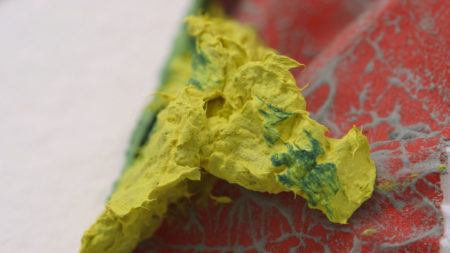Continue playing
(Time remaining: )
Play from beginning
Continue playing "{{ controller.videos[controller.getVideo(controller.currentVideo)].segmentParentTitle}}"
{{controller.videos[controller.getVideo(controller.currentVideo)].title}} has ended.
Pollock & TiffanyRichard Tuttle
Artist Richard Tuttle pays homage to American art giants Jackson Pollock and Louis Comfort Tiffany, placing his work in an aesthetic tradition that spans abstraction and craft, expressionism and pragmatism.
Interviewed outside his home New Mexico, Tuttle’s dialogue on being the “brush of society” versus “using society as your paintbrush” is paired with a retrospective of his works installed at The Whitney Museum of American Art in New York.
Credits
Producer: Wesley Miller & Nick Ravich. Interview: Susan Sollins. Camera: Bob Elfstrom & Sam Henriques. Sound: Ray Day & Merce Williams. Editor: Jenny Chiurco. Artwork Courtesy: Richard Tuttle. Special Thanks: The Whitney Museum of American Art, New York
Closed captionsAvailable in English, German, Romanian, Italian, Japanese, Korean, Chinese, Italian
Through the Art21 Translation Project, multilingual audiences from around the globe can contribute translations, making Art21 films more accessible worldwide.
Interested in showing this film in an exhibition or public screening? To license this video please visit Licensing & Reproduction.
Even when considering his three-dimensional works, Richard Tuttle commonly refers to his art as drawing rather than sculpture—the distinction emphasizing the diminutive scale and idea-based nature of his work. Influenced by calligraphy, architecture, and poetry, he subverts the conventions of modernist sculptural practice by creating small, eccentrically playful objects in humble, fragile materials. Tuttle also manipulates the space in which his objects exist, placing them unnaturally high or oddly low on a wall—forcing viewers to reconsider and renegotiate the white-cube gallery space in relation to their own bodies.
Inspired by Art History
Jeff Koons
Eleanor Antin
Richard Tuttle
Richard Tuttle
Richard Tuttle





